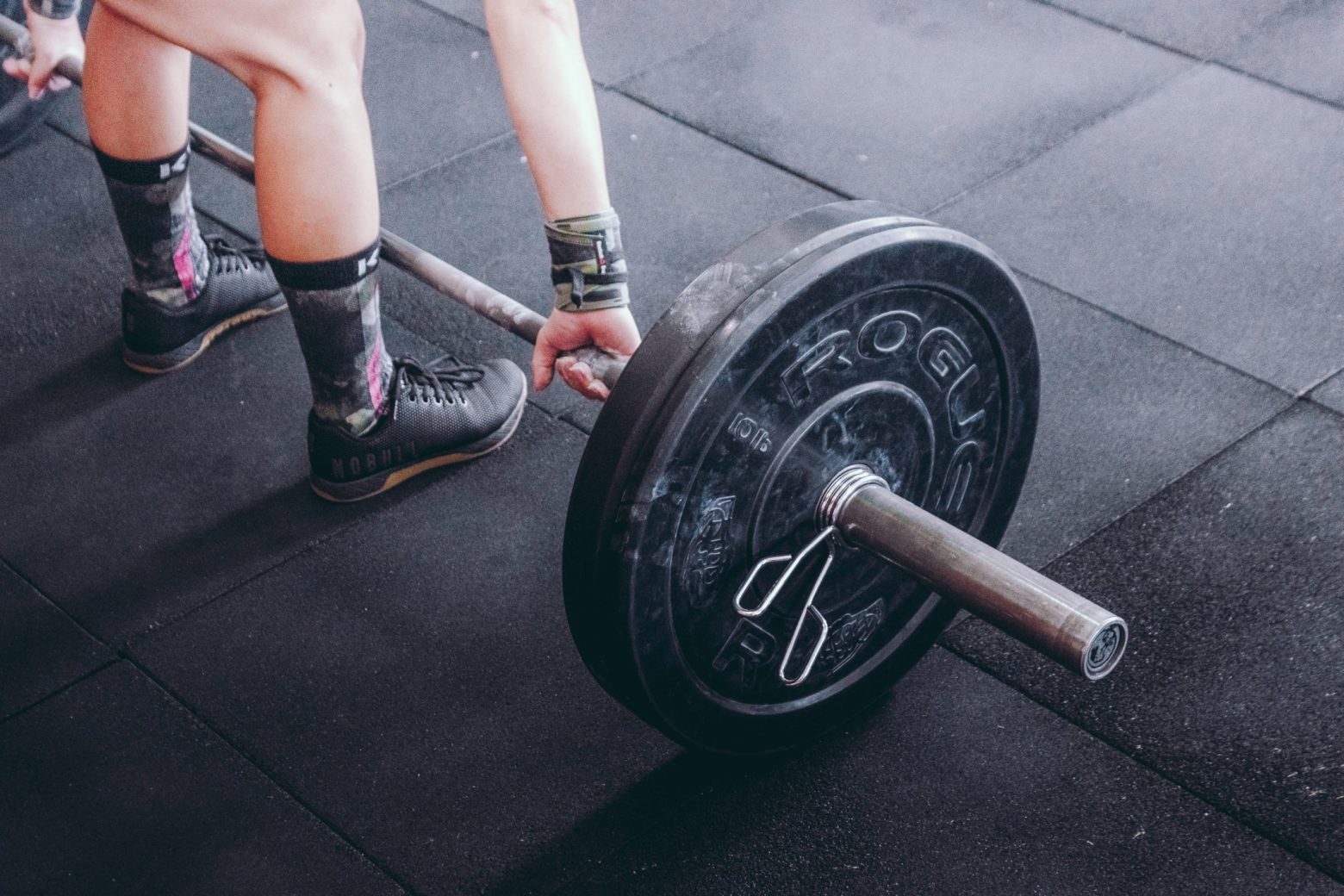GET IN TOUCH TODAY!
"*" indicates required fields

‘Strength and conditioning’ is becoming very fashionable in the fitness world but as always there is a lot of confusion over what this training approach actually is. This article will hopefully enlighten you.
Strength and conditioning is training an individual with the aim to improve their athletic performance. It is less concerned with how an individual looks but more interested in how an individual performs. This performance could be on an athletics track or within the athlete’s sport. The key objectives of a strength and conditioning coach are to: Improve an athlete’s physical components of fitness relevant to the athlete’s sport; and reduce an athletes injury risk (pre-hab).
“Strength and conditioning is the physical and physiological development of athletes for sport performance (English Institute of Sport)”
The physical components of fitness can vary depending on the sport. They are developed using the following training tools:
Using external resistance to improve the size, strength, power and endurance of the muscles, often referred to as ‘Strength Training’.
This involves jumps or throws to make an athlete more explosive.
This typically involves sprint training, improving the ability to move faster from A to B.
This focuses on an athletes ability to change direction quickly while maintaining balance.
This refers to the athlete’s ability to do work and recover from that work. Often athletes are very strong but can have poor conditioning. S&C coaches will also refer to the athletes conditioning when describing their body composition. An athlete can have a great set of lungs and a powerful heart but if they are carrying too much excess body fat then this will affect their conditioning.
This is using the athlete’s sport to directly prepare them for their sport. Usually carried out on the field or court. For example, football players will play short-sided games to improve their football conditioning, boxers will spar with different work to rest ratios to improve their boxing conditioning.
If you would like to train individuals to improve athletic performance then enrol onto our nationally accredited, REPs and CIMSPA approved Level 4 Certificate in Strength and Conditioning course.
Most of my PT clients do not play sport but get a huge buzz out of training to improve their athletism. Who doesn’t want to be able to run faster and lift heavier? When these training tools are combined with a sensible nutrition plan your performance improves but guess what? You look better too 😉. Whether you are training athletes or not, adding this level 4 qualification to your CV will make you a better coach and make your clients training a lot more fun.